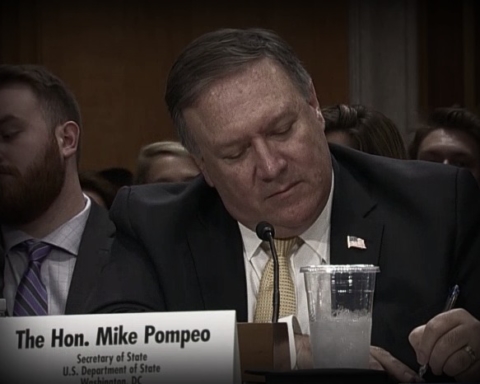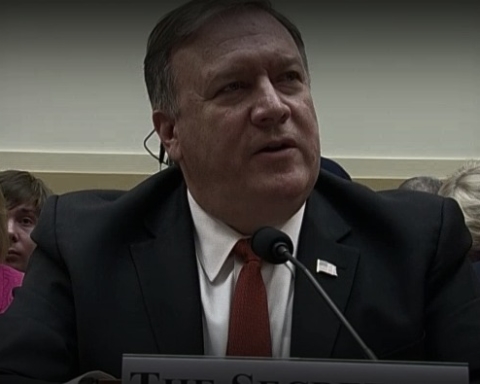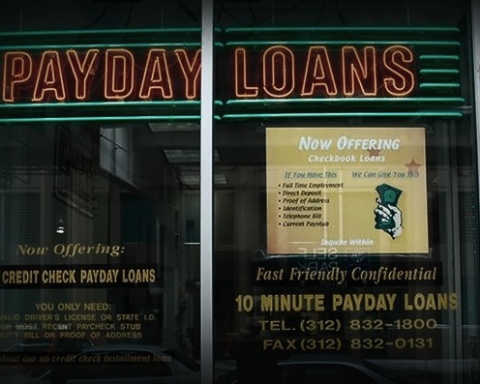Associate Justice Samuel Alito no longer has a direct stake in Exxon Mobil, according to annual Supreme Court financial disclosures.
The conservative jurist and his wife last year sold the stock they had jointly owned in the oil giant, which was worth between $100,000-$250,000. The sale means Alito can now participate in any case that involves Exxon, should one come before him at the high court.
Since Alito started serving as a justice in 2006, he has recused himself from one case involving Exxon. In 2008, he withdrew from litigation that reduced punitive damages from the Exxon-Valdez oil spill, to $507.5 million from $2.5 billion.
“Alito’s absence left the court evenly split on a separate Exxon argument that might have wiped out the entire award,” Bloomberg noted on Wednesday.
Federal judges, by law, are not supposed rule on litigants in whom they have financial interests. They are also supposed to not partake in cases if they had prior involvement in the matter as an attorney.
This year, Alito recused himself from a case involving Puerto Rico’s municipal debt because of his personal investments.
Last year, the wife of liberal justice Stephen Breyer sold $33,000 shares in an energy company, the day after a reporter pointed out to her that the jurist had just listened to oral arguments in a case involving the firm. Alito owned equity in the same company, Johnson Controls Inc., and had recused himself.
Breyer said he was unaware of the ownership, and partook in the ruling. The court ended up ruling 6-2 on the case, upholding a regulation aimed at reducing wholesale energy consumption.
Chief Justice John Roberts also raised eyebrows with his 2015 financial disclosure by revealing he had not sold shares in Microsoft at the end of last year. In January, the Supreme Court heard arguments in a case involving the tech conglomerate.
Reuters and Bloomberg both noted Roberts’ participation in the case suggests he sold his stake in Microsoft in the first two weeks of 2016.
There will be no way for the public to know until next year. Although federal lawmakers disclose transactions throughout the year, as The New York Times remarked this week, the Supreme Court’s transparency dump comes once every twelve months.
“The forms were released by the Administrative Office of the United States Courts,” the paper also noted. “The office does not post them online, and it required news organizations to pay $14.60 for photocopies.”







